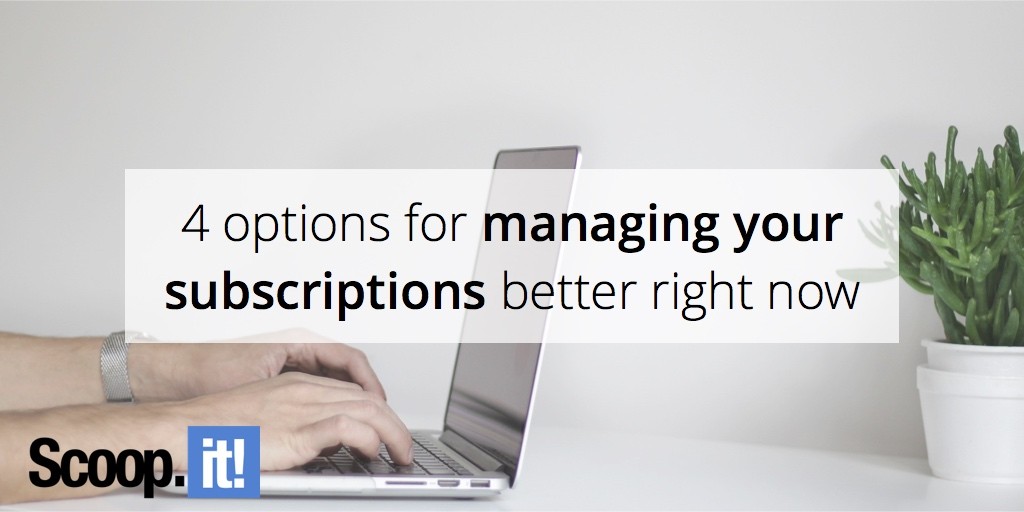
There’s no denying that most sales teams have a messy (at best) approach for managing subscriptions. However, subscriptions are the bread and butter of many sales teams—even though they’re often taken for granted. Once you get a subscription from a customer, it’s easy to count on that regular income. You might even get a few subscriptions dropped and either not notice or not think it’s impactful enough to take action. Unfortunately, taking such an approach can lead to a downward spiral of lost sales, and a lot of it has to do with a lack of organization.
The good news? As we move firmly into the second quarter of 2017, there are a number of options to better your subscription management, and it all starts with software. Maybe you don’t have an “official” subscription management software, or perhaps it’s outdated or simply not the right match for your industry, team or size. Here are the steps you can take to make Q2 more fruitful:
1. Consider subscription billing software
Customizable to businesses of all sizes and in all industries, subscription billing software offers a number of options to keep you and your business on track. Take advantage of an easy automated subscription billing process that will save you time and trouble while getting rid of billing errors. You can also oversee all recurring bills in one intuitive interface, from the free trials you offer to discounts, renewals, single transactions, refunds and more. This means flexibility for your customers who will be able to choose to get billed monthly, quarterly, yearly, or at any other increment they desire (and that you want to offer). Changes can be made quickly with no headaches. Plus, this software grows with you. Choose to upgrade, downgrade or change your software subscription offers to suit your needs.
2. Adopt continuing education for your sales team
Regardless of which software you choose or protocols you have in place, it’s paramount to adopt a continuing education program for both your sales managers and teams. Making sure everyone understands the processes, whether they’re a new hire or one of your seasoned members, is critical to minimizing errors, double work and misunderstandings. Schedule a training session at least quarterly which includes an overview of the software programs for everyone who uses them. For sales teams utilizing CPQ software, even the most user-friendly of options should come with a refresher course.
3. Don’t just review the data – use it
Some subscription management software programs allow you to personalize what to do with data received, such as when a subscriber’s email address bounces back. Whether you auto-address such issues or flag them to tackle each by hand, prioritize using the data instead of just digesting it. It does little good to know that a subscriber’s credit card has expired or their emails are getting bounced back if no action is taken to rectify it. Have processes in place and a triage strategy to ensure no subscribers get lost in the shuffle.
4. Analyze information to offer better subscriptions.
The right software lets you easily keep track of discounts, trials, special codes and more, but how can you know when to offer these freebies and discounts, and at what rate? Big data management, via comparing history, customer orders and even knowing what the competition is doing, will guide you. Regularly re-visit these discounts in your subscription management software, and consider adding new ones or refreshing an old special event.
With holidays and seasonal opportunities happening all the time, as well as potential specials for subscriber’s birthdays, anniversaries and other events, there are endless ways to customize a discount.
There’s a big difference between having subscription software and managing it. Premium subscription management software encourages a custom approach, is intuitive, and makes your job easier.
Image by Pixabay


